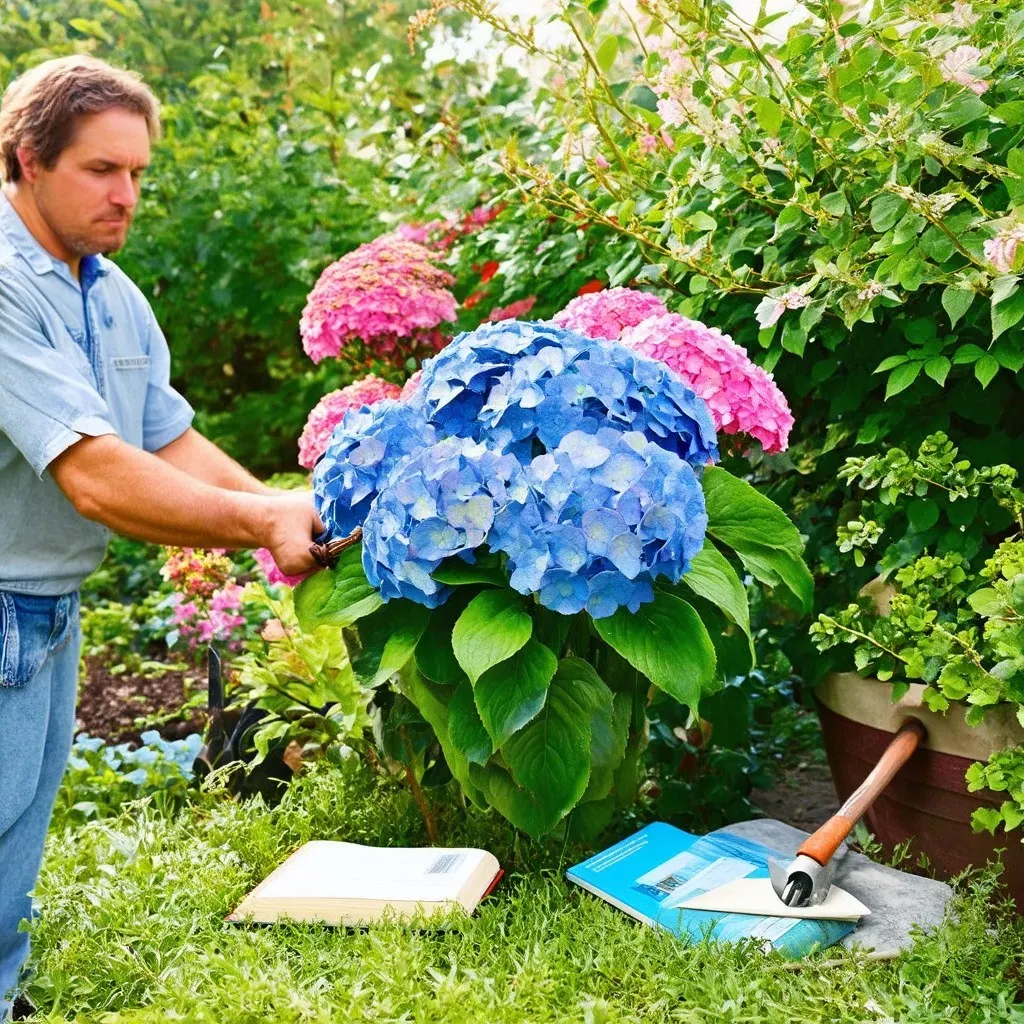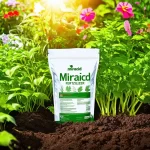When to prune hydrangeas in NC isn’t just a question, but a key aspect of maintaining the beauty and health of these vibrant plants. Pruning hydrangeas at the right time can make a significant difference in their blooming patterns and overall growth.
Understanding the hydrangea-types/discover-the-alluring-types-of-hydrangeas-a-comprehensive-guide-to-hydrangea-varieties/">types of hydrangeas
In North Carolina, hydrangeas mainly fall into several categories, each requiring different care and pruning schedules. Here’s a breakdown of the most common types:
| Type | Bloom Time | Pruning Time | Notes |
|---|---|---|---|
| Bigleaf (Macrophylla) | Late spring to summer | Immediately after flowering | Sets flower buds on old wood. |
| Smooth | Summer | Late winter or early spring | Can be cut back to the ground. |
| Oakleaf | Early to mid-summer | Late winter or early spring | Can be trimmed lightly. |
| Panicle | Summer | Late winter or early spring | Blooms on new wood, so more flexibility in pruning. |
| Mountain | Summer | Late winter or early spring | Similar to panicle, blooms on new wood. |

Pruning Hydrangeas in NC: Timing and Methods
Knowing when to prune hydrangeas in North Carolina requires understanding when they bloom. Below are specific guidelines for some popular varieties.
Bigleaf Hydrangeas
- When to Prune: Immediately after flowering, typically in June or July.
- Reasons: Pruning after this period is crucial because Bigleaf hydrangeas set their flower buds on old wood during late summer. If you prune them in late summer or fall, you risk cutting off next year’s blooms.
Fact: While it may seem tempting to tidy up the garden, cutting back hydrangeas too late can result in significantly limited flower production.
Smooth Hydrangeas
- When to Prune: Late winter or early spring.
- Reasons: Smooth hydrangeas produce flowers on new growth, allowing for late winter or even early spring pruning without harming blooms.
Figure: A study showed that properly timed pruning on smooth hydrangeas can enhance blooming by 20% compared to those pruned at the wrong time.
Oakleaf Hydrangeas
- When to Prune: Late winter or early spring.
- Reasons: Similar to smooth hydrangeas, oakleaf also blooms on new wood. Hence, trimming in late winter ensures flower production in the summer months.
Pruning Techniques
- Assess the Plant: Before you start, check for dead, damaged, or diseased branches.
- Cut Back Old Growth: For older plants, consider cutting one or two of the oldest stems back to the base to encourage new growth.
- Remove Crossing Branches: Trim branches that cross each Other, as they can rub against each other and cause injury over time.
- Shape the Plant: Maintain a nice shape while allowing healthy light penetration and air circulation.

Common Mistakes to Avoid
Mistake 1: Pruning Too Late
Pruning after August 1 can hinder next year’s blooms due to the formation of flower buds in late summer.
Mistake 2: Improper Tools
Using dull or inappropriate tools can damage plants. Always use sharp, clean pruning shears.
Mistake 3: Over-Pruning
Avoid cutting too much foliage, as this can weaken the plant and reduce flowering.
Important Factors in Hydrangea Pruning
| Factor | Details |
|---|---|
| Flower Bud Formation | Understand which wood your variety blooms on (new vs. old). |
| Fertilization Timing | Fertilize in spring after pruning to promote healthy growth. |
| Climate Impact | Consider local climate conditions; frost dates can impact timing. |

FAQs
Q: Can I prune my hydrangeas in the fall?
A: It is not advisable to prune hydrangeas in the fall, especially Bigleaf varieties, as it can remove next year’s flower buds.
Q: What should I do with dead branches?
A: Dead branches should be removed as they prevent healthy growth and can harbor disease.
Q: How do I know if my hydrangea is healthy?
A: Healthy hydrangeas should have vibrant leaves, no signs of disease (like wilting or discoloration), and produce flowers as expected in the bloom season.
For more detailed information about Hydrangea Care and pruning practices, you can refer to the North Carolina Cooperative Extension.
Final Notes
Understanding when to prune hydrangeas in NC, recognizing different types of hydrangeas, and using proper techniques ensures that your garden bursts with color in the blooming months. Take the time to nurture your hydrangeas—you’ll be rewarded with an exquisite display of flowers that add beauty and elegance to your landscape.

